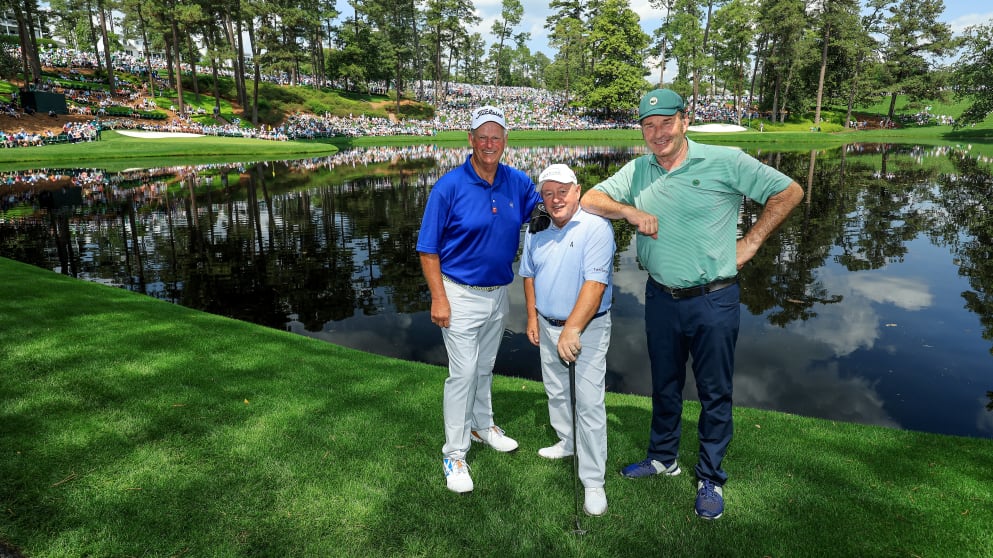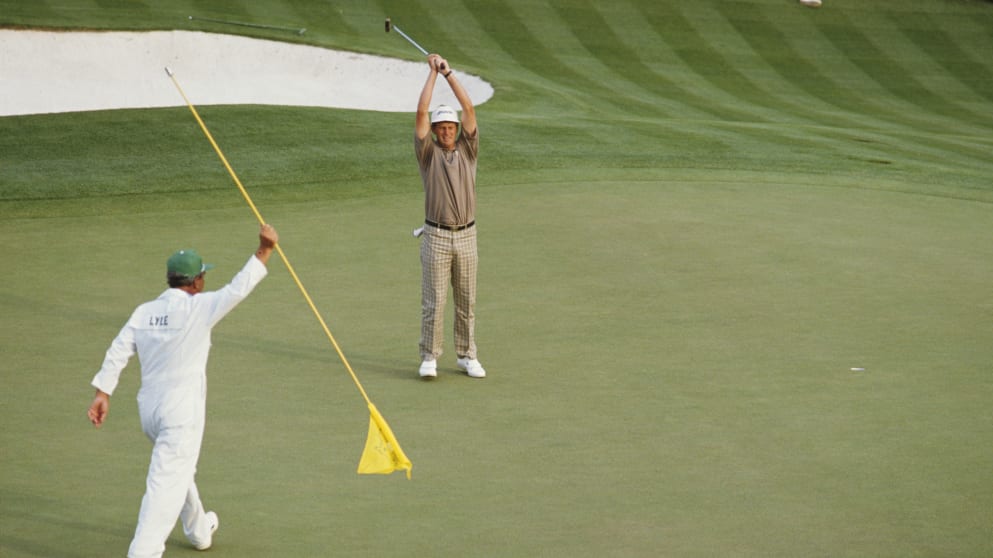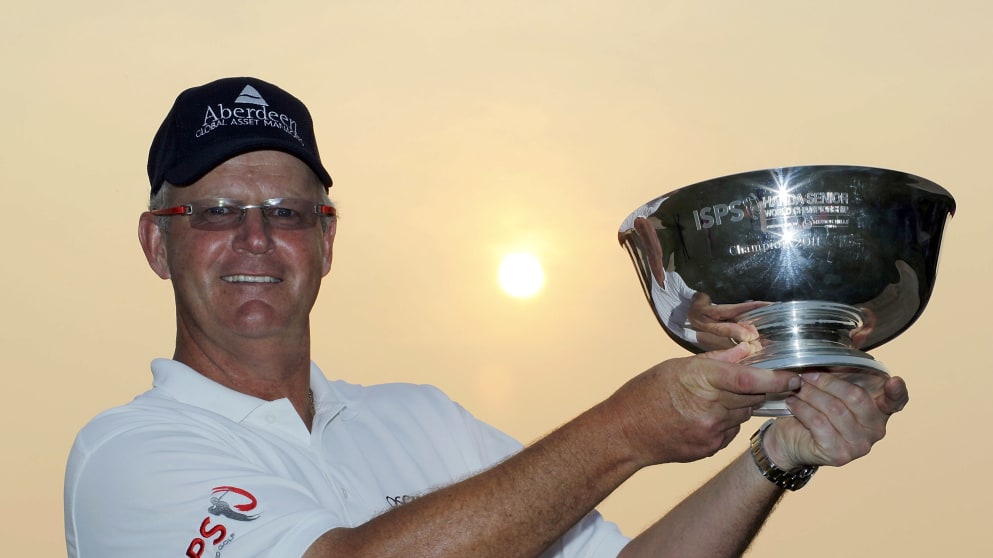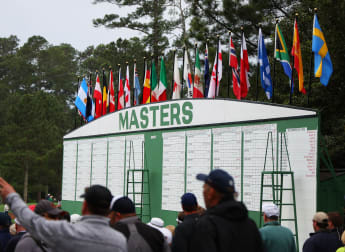As Sandy Lyle tees it up at the Masters Tournament for the final appearance of his 46-year career, we reflect on his highlights and how the Scot became one of European golf’s finest players.

At a young age, Lyle was introduced to the sport by his father, Alex, who was the head professional at Hawkstone Park Golf Club in Shrewsbury, where he was born and raised.
During his teenage years, his ability was evident for all to see, and he claimed numerous titles as an amateur including the prestigious Brabazon Trophy – the English amateur stroke play championship – in 1975 and 1977.
His victory in 1975 as a 17-year-old saw him become the youngest winner of the event, while the latter would precede him representing Great Britain & Ireland at the Walker Cup in 1977.
His victory in 1975 as a 17-year-old saw him become the youngest winner of the event, while the latter would precede him representing Great Britain & Ireland at the Walker Cup in 1977.
Later that year, he turned professional and won the Sir Henry Cotton Award as European Rookie of the Year in his first full season on the European Tour, now known as the DP World Tour.
He also celebrated his first title as a professional with victory at the Nigerian Open on the Safari Tour in early 1978.
But it was in 1979 when he truly emerged, winning three times in the space of four months in Europe, and going on to win the season-long Order of Merit.
He would repeat the feat a year later and in 1985 he made his Major Championship breakthrough with a one-shot victory over American Payne Stewart in The Open at Royal St George’s.
In lifting the Claret Jug that year, he became the first British winner since Tony Jacklin in 1969.
By then Lyle was one of Europe’s top golfers and 1985 also saw him make his fourth Ryder Cup appearance and first in a winning side at The Belfry under captain Jacklin.
Soon after he began to enjoy success across the Atlantic on the PGA TOUR, notably winning THE PLAYERS Championship in a play-off with Jeff Sluman in 1987.

Later that year, he forged a formidable partnership with Bernhard Langer as the duo won all three matches they played together at Muirfield Village, to help Europe end the US’ Ryder Cup domination on home soil.
But it is for the Masters in 1988 that Lyle will forever be best known among most golf fans.
A week after winning the Greater Greensboro Open in another play-off success on the PGA TOUR, he ended a long wait for a British golfer to finally wear the famous Green Jacket.
His bunker shot with a seven iron in hand on the 72nd hole to set up a tournament-winning birdie will forever live in the memory.

It was the first of four consecutive years of British winners at Augusta National Golf Club, with Sir Nick Faldo winning back-to-back in 1989 and 1990 and then Ian Woosnam in 1991.
His standing in the game as one European golf’s big five during the 1980s along with Seve Ballesteros, Faldo, Langer and Woosnam was underlined by spending a remarkable 167 weeks in the top ten of the Official World Golf Ranking.
He returned to the Ryder Cup fold for the first time since 1987 as one of Woosnam’s vice captains for the 2006 edition as Europe won by a nine-point winning margin at The K Club.
By the time Lyle turned 50 in 2008 and began to play on the PGA TOUR Champions and Legends Tour, he had won 18 times on the then European Tour.

In 2011, he ended a 19-year wait for a tournament victory at the ISPS Handa Senior World Championship, held in China.
His achievements in the game were recognised when he was inducted into the World Golf Hall of Fame in 2012, joining fellow Europeans Ballesteros, Faldo and Langer among others.
This week, a year after making his 100th Major appearance at Augusta, Lyle will bid farewell after a stellar career in which he has earned his place among the greats.






